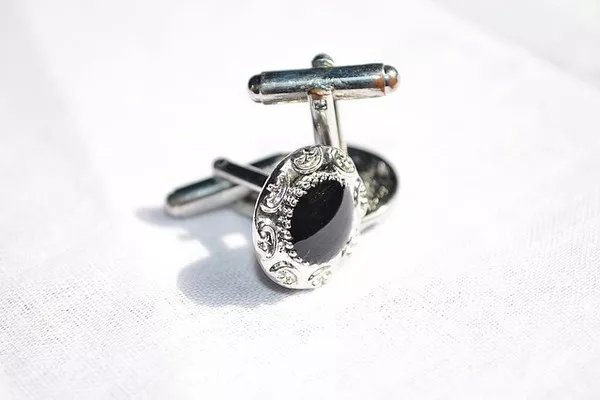The global economy is subject to a multitude of interrelated factors, each impacting various facets of financial markets. One of the most crucial economic indicators is inflation, which refers to the general increase in prices across goods and services. Historically, investors have sought to hedge against inflation by diversifying their portfolios with precious metals, particularly gold and silver. In this article, we delve into the intricate relationship between the price of silver and inflation, analyzing the dynamics and exploring whether silver serves as an effective hedge against rising prices.
Silver as a Historical Store of Value
Silver, like gold, has been a store of value for centuries, with a rich history as a medium of exchange, unit of account, and a safe-haven asset. Throughout history, silver has maintained its appeal due to its intrinsic value, industrial applications, and scarcity. During times of economic uncertainty, investors often turn to precious metals as a means to safeguard their wealth.
The Link between Inflation and Precious Metals
Inflation erodes the purchasing power of currency over time, diminishing the value of investments denominated in that currency. Precious metals have long been considered a hedge against inflation due to their intrinsic value and limited supply. The rationale behind this relationship is that as the value of fiat currency decreases due to inflation, the value of precious metals, including silver, remains relatively stable or appreciates.
Analyzing Historical Data
To understand the relationship between silver prices and inflation, it’s important to analyze historical data. A retrospective analysis of past decades reveals that silver prices have indeed exhibited a positive correlation with inflation. During periods of high inflation, such as the 1970s, silver prices experienced substantial appreciation. This can be attributed to the perception of silver as a reliable store of value when traditional investments struggle to maintain their worth.
Supply and Demand Dynamics
Supply and demand dynamics play a crucial role in influencing the price of silver. Unlike gold, which is primarily held for investment and store of value purposes, silver has significant industrial applications. It is a critical component in electronics, solar panels, medical devices, and various other industries. This industrial demand can amplify silver’s price movements independently of inflation.
Silver’s Dual Role
Silver’s dual role as both a precious metal and an industrial commodity can sometimes complicate its relationship with inflation. During periods of economic growth and heightened industrial activity, the demand for silver may rise due to its industrial applications, thereby influencing its price. However, when inflationary pressures intensify, investors often flock to precious metals like silver as a safe-haven asset, potentially boosting its price further.
Market Sentiment and Speculation
It’s important to acknowledge that market sentiment and speculative activity can also impact silver prices. In certain instances, silver may experience price fluctuations driven by factors unrelated to inflation. Geopolitical tensions, shifts in monetary policy, and changes in interest rates can all influence investor sentiment and contribute to short-term volatility in silver markets.
Comparing Silver to Other Assets
While silver has demonstrated a historical correlation with inflation, investors must consider the broader investment landscape. Other assets, such as equities, real estate, and bonds, may also offer protection against inflation or even outperform silver during certain economic conditions. The efficacy of silver as an inflation hedge might vary based on the specific economic context and investor goals.
Modern Considerations
In today’s digital age, the investment landscape has expanded beyond traditional assets. Cryptocurrencies, like Bitcoin, have emerged as alternatives for hedging against inflation. These digital assets, while highly volatile, offer a decentralized store of value that some investors view as an additional hedge against inflation. The presence of these alternatives introduces new considerations for investors assessing the role of silver in their portfolios.
Conclusion
The relationship between the price of silver and inflation is complex and multifaceted. Historically, silver has exhibited a positive correlation with inflation due to its intrinsic value, scarcity, and status as a precious metal. While its industrial applications and other market dynamics can influence its price, silver continues to be perceived as a hedge against inflation by many investors.
However, it’s crucial to approach this relationship with a nuanced perspective. The investment landscape has evolved, offering a variety of assets that can serve as potential inflation hedges. As technology advances and new investment opportunities emerge, investors must carefully consider their objectives, risk tolerance, and the broader economic context when determining the role of silver within their portfolios. Whether as a historical store of value, a commodity with industrial applications, or a hedge against inflation, silver’s role in the modern investment landscape remains a topic of ongoing exploration and debate.


